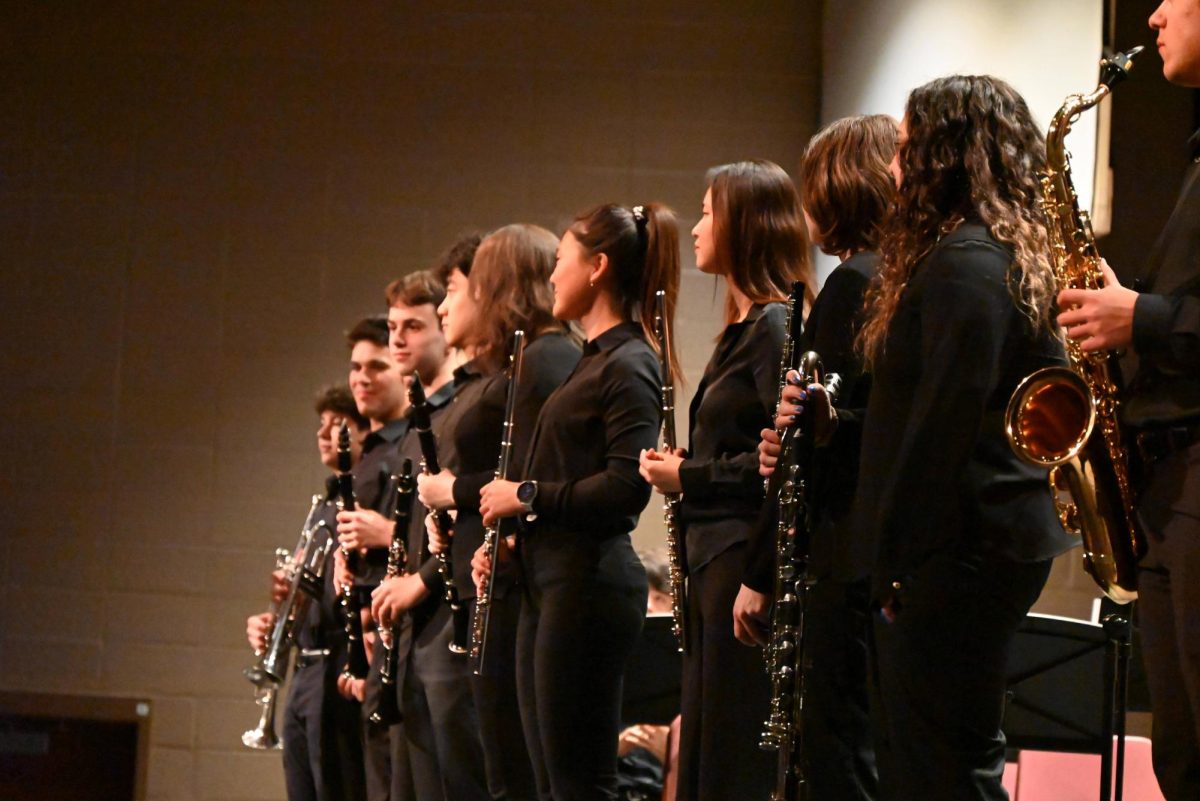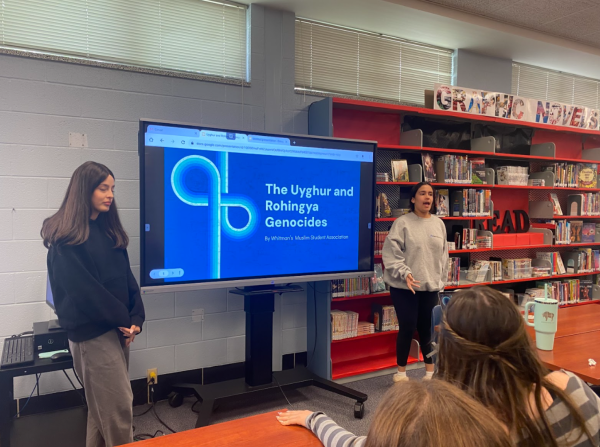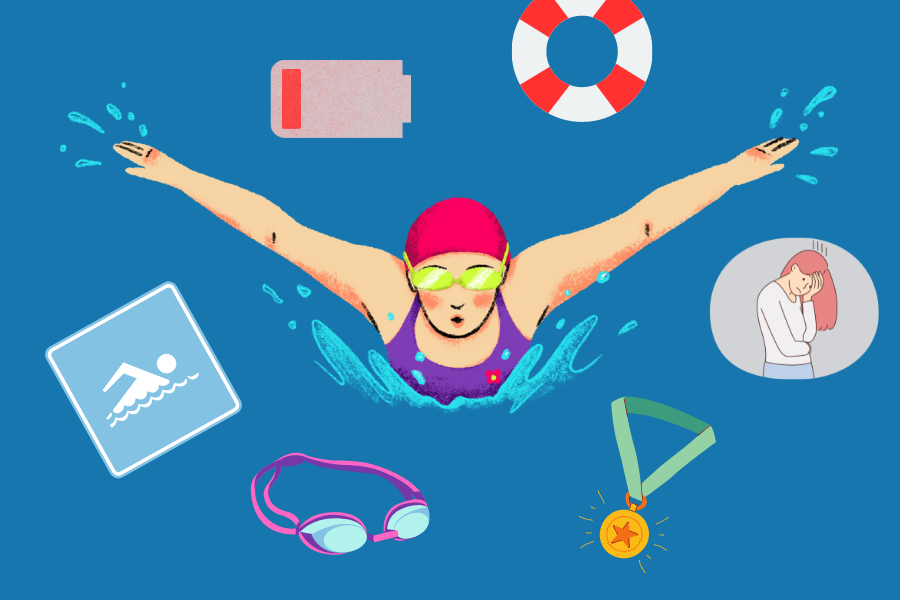The immense steel beast disappeared beneath the ebbing waves long before help arrived. No traces of debris, wreckage or crew from the doomed cargo ship Argonaut floated above the surface, eighty miles off the coast of Somalia.
A local fisherman had watched the wreck go down. His lines had slackened while he stared, awestruck, at the massive vessel as it careened downwards into the depths. For hours, he sat motionless as he looked into the seas, admiring the magnitude of the disaster he had witnessed and the docile tranquility of its aftermath. Above, the night sky glowed a deep shade of violet interspersed with splotches of black.
From off in the horizon another boat, larger than his, had powered into view with astonishing speed for its size. The Deep-Sea Rapid Response (DSRR) vessel had received an automated distress call transmitted over short-range Very High Frequency radio signals. Two flags flapped loosely in the wind from a vertical pole above its bridge: An American flag, and below, a blue anchor upon a white field. The crew scrambled like ants on the deck as they approached the rescue site, rushing to their stations. At the stern of the rescue craft, a gold-painted submarine dangled from massive harnesses above the deck.
“All systems are online.” A radio crackled. “Intrepid IV, you are a go for search and rescue, dive one. Kraken Two.”
The deep-sea submersible plunged from its harness into the water, breaking the surface tension with a deafening crack.
Within the airtight compartment of the submersible, Dave Fenwick shuffled his pudgy figure closer to the curved bubble at the front. He firmly disliked the cramped quarters of the submarine, and often compared it to an underwater coffin. If he had had his way, he would be manning the support boat above water, where his life did not rely on two watermelon-sized oxygen filters and an array of god-forsakenly complicated electronics. Although he eventually, if reluctantly, clambered into the submersible’s cabin, most of the other crewmembers knew that his claustrophobic rants about the submarine were far from sarcastic.
His colleague, Katie Daniels, lay four inches to his left in the submersible. After completing her undergrad in Marine Biology at the University of Miami, she had joined the conservationist force, studying marine organism populations around the world. Greenpeace, among other powerful environmental organizations, had acclaimed her publications criticizing lax enforcement of ecological preservation in heavily fished areas. After a brief stint aboard a poorly funded research vessel in California where she found only stupefying boredom and blistering sunburn, she jumped at the opportunity to work out of the U.S Deep Sea Rapid Response boat based in Mogadishu; a new, exciting, humanitarian way to work with the sea.
Katie was slender and athletic, and had rowed for Miami’s lightweight crew team during her four years’ study. Dave felt secretly infatuated with her, as were most of the other members on the boat’s crew. Katie could turn heads even in a crowded nightclub, and with the pickings so constrictingly slim aboard the DSRR rescue vessel she may have been Aphrodite herself.
Lt. Kenneth Stromberg, the expedition leader, propelled behind the submersible in a specialized atmospheric diving suit. He would be entering the Argonaut, looking for survivors, bodies and the cause of the sinking. Stromberg’s aged head was balding, and around it hovered an unquestionable air of authority that no one dared oppose. He had completed two tours of duty in Iraq as a Navy SEAL, before being honorably discharged due to his degrading physical state.
DSRR atmospheric diving suits, or Trilobites, constructed from reinforced steel and titanium alloys, were designed to withstand thousands of pounds of pressure that would crush divers in SCUBA gear. A diving sled, similar in design to an underwater jet ski, propelled Stromberg forwards. Unlike bubble-like, clumsy atmospheric suits previously available for oceanic research, DSRR suits had been custom-engineered and optimized for shipground exploration, with powerful motors supplementing the user’s motions and a design that hugged the natural contours of the wearer’s body. A charcoal filter within the backpack recycled exhaled air, allowing a diver to stay underwater for days before resurfacing.
Seaground operating jobs were the most dangerous that the DSRR offered. Recent shipwrecks were notoriously unstable structures, and any sudden movement of water currents around a wreck could either fling a rescuer from the gunwales or crush them beneath shifting cargo crates atop the deck.
The DSRR program had been established in 2008, when a Kenyan passenger ferry with over six hundred people aboard en route to Cape Town from Mombasa ruptured on an undersea rock formation, flooded, and sank. Three hundred and eight souls drowned in the wreck, while one hundred and fourteen were rescued. The rest were never recovered. The Mombasa wreck shocked the world not in its magnitude, but in its horrendous nature. Many of the victims, unable to swim, had drowned in water just fifteen feet deep.
The worldwide shock and unrest after the Mombasa Wreck prompted the creation of a new type of rescue and a new breed of rescuer. Within months, dozens of governments around the world established variations of DSRR teams, among them Canada (ARRF, Aquatic Rescue Reserve Force), South Africa (SANRS, South African Nautical Rescue Squad), and Australia (OERT, Oceanic Emergency Response Team). Rescuers affiliated with each agency experienced hundreds of hours of extensive training and certification, in skills ranging from helicopter support to deep-sea rescue itself.
As survival rates from undersea rescues remained at an unreasonably low rate and prices of steel heightened worldwide, the grim purpose of the DSRR fleets were made clear. As years drew on, rescue efforts denigrated into hastily executed searches for bodies only undertaken for protocol and “ethical” reasons before salvage teams would move in to harvest the steel flesh from the ship’s carcass. DSRR squads became fodder, deployed to wreck sites to confirm scenes were safe for the salvage teams.
“How many downed crewmembers are we dealing with here?” Katie’s voice shattered the silence with a suddenness that made Dave flinch.
“The DSRR records said the ship had a crew of twenty-nine. All seasoned hands, experienced guys.” Dave responded. “From the surface flotsam, doesn’t look like they put out any lifeboats.”
“We read you loud and clear. Radio connection confirmed. Kraken Two.”
“Loud and clear, and I’d prefer not to hear it.” Even over the radio, the grit of Stromberg’s voice was unmistakable. As was customary during rescue operations, radio users would leave their unit identification name at the conclusion of radio messages. “Are we gonna get another Trilobite down here? This is a big wreck, Allen. I’d appreciate another set of hands when we get to the ship. Trilobite Six.”
“Unconfirmed. Trilobite Six, we have not confirmed dispatch of a second Trilobite crew to your location. I’ll request an additional dispatch if it hasn’t already been put out.” Allen, the communications commander aboard the Kraken, was notorious for underallocating rescuers to disaster sites.
“Allen…” Katie’s voice rang with the kind of disapproval that only results from a man making the same important mistake twice. She removed her headset, and motioned to Dave to do the same.
“A ship this large should have more than one Trilobite and one sub on it.” Katie said. “Twenty-nine hands? We put one Trilobite and one sub out when there’s a teaspoon’s worth of oil leaking from a pipeline.”
Dave looked away and nodded. As the sub descended, he silently hoped Allen had called for more manpower. He nodded to Katie, and both of them slipped the headsets back over their heads.
“This is weird.” Dave said after a protracted silence between the two. “Twenty-nine hands, and no lifeboats…”
“Albatross Eight is en route with one Trilobite. DSRR rescue craft Charybdis is en route with two Trilobites, and one support sub. Marlin is en route with thirteen Trilobites.” Allen interrupted triumphantly over the radio. “You won’t be at a loss for manpower, Ken. I made sure you’d be wrestling with the others for victims. Kraken Two. ”
Through the radio silence the two could almost hear Stromberg’s disappointment. He preferred to work rescues in teams of six, equal in size to his SEAL team from Iraq. While Stromberg would probably dislike the concept of cooking a meal for four hundred people all by himself, he would gladly attempt that challenge instead of having to cook a single steak with sixteen incompetent kitchen helpers.
The Intrepid dove silently as the ballast tanks anterior to the passenger compartment filled with the frigid waters of the deep sea. The ocean floor was more than one thousand feet down, at a depth known as the bathypelagic or midnight zone. No sunlight penetrated the waters at this depth, and the black water seemed to be all but devoid of life. No photosynthesis took place here due to the absence of light, and the miniscule, sightless fauna that blindly searched the depths for their next meal were nowhere in the line of the submarine’s vision.
“Just a few degrees colder and this water would be ice.” Katie remarked with subtle curiosity as she wiped a thin line of condensation from the window. “The window feels colder than ice… more like dry ice.”
It was thanks to Katie’s reminder that Dave realized he had forgotten to bring a jacket. He shivered a few nervous, jealous clatters as he looked over to see Katie, comfortably bundled in a thick coat.
Outside of the sub’s lights, the crew could see nothing. The external barometer on the dashboard read 89.8 ATM, or close to ninety times the air pressure at the water’s surface. As the submersible descended through progressively darker layers of water, the bridge of the doomed ship entered the beams of the floodlights. The namesake ARGONAUT was painted upon the bow in colossal white lettering.
The submarine pulled to a halt some distance above the sunken ship’s bow as the beams of the DSRR diving suit re-entered the crew’s field of vision. With a silent impact, the diving suit landed on the ship’s deck just behind the bridge. Stromberg deactivated the motor and dismounted.
“Attention Operators. Two Trilobites are Oscar Mike, support vessel staging on par with Kraken Two.” Allen paused. “Charybdis is on scene. Kraken Two.”
From the uninterrupted motion of Stromberg’s atmospheric suit, he wasn’t listening to Allen’s instructions very carefully at all. The left arm of his blue-painted suit pointed upwards towards the Argonaut’s bridge as the submersible and support craft received his transmissions.
“If there’s any mechanical failure for the sinking, there should be an explanation in the bridge.” Stromberg’s voice ran through the radio. “I’ll check the controls. Trilobite Six.”
From the ship’s bridge, commands were given, and communications were sent and received. From their vantage point in the bridge’s control room, the captain, first mate, and pilot would have clear view of the seas ahead and a direct intercom to the entire ship. A display aboard the bridge would receive notification of any mechanical malfunctions picked up by onboard self-diagnostic computer programs, similar to a “Check Engine” light in a car.
Stromberg clambered up the outer ladder to the bridge as the rungs creaked under the weight. He walked around the narrow catwalk to the control room, and tried the door.
DSRR standard-issue atmospheric dive suits carried a back-mounted tool kit, complete with hydrogen-acetylene torches to cut through the hulls of underwater ships. To the workers of the DSRR teams, the most fascinating introduction to the inventory had been the Personal Floatation Dive Rescue (PFDR) capsules for drowning victims: grenade-sized plastic coverings that wrapped the victim’s head while simultaneously inflating a small capsule of compressed oxygen into the bubble and purging water through a release valve. In this way, the technology provided enough oxygen for survival and enough lift to raise the patient to the surface even from hundreds of feet down. With this abundance of technology, however, the DSRR dive suits weighed close to a thousand pounds each.
Dave and Katie watched as Stromberg lowered the tool capsule to the ground and extracted the hydro-acetylene torches. Katie looked at the door with a puzzled expression. She lifted the microphone piece away from her mouth.
“What would he need that for?” she asked Dave. “The door looks functional…”
Dave lifted his microphone in tandem. “I saw him try the door. It looks locked, but I don’t see any bodies floating inside.” He reached for the control stick.
Dave panned the floodlight through the control room, searching for signs of any telltale shadows, limbs or appendages that would indicate even one unfortunate soul drowned within it. The light streamed through the windows unblocked and left the other side unchanged, if slightly refracted.
Down below on the deck, Stromberg extracted the cutting torch. His robotic fingers fiddled with the machinery, starting the flame with a sudden spark. The “sorcerer’s flame”, as the DSRR crewmembers called it, burned underwater with a brightness that shamed even the powerful halogen beams of the submarine floodlights. As Stromberg began to slice and weld his way through the control room door, the radios burst ablaze with life.
“Trilobite 49, response check. Nekimbe, response check.”
“Nekimbe to Albatross. Copy fine. Approaching rescue site. Trilobite 49.”
In the undersea rescue service, communication and coordination between undersea rescuers and surface staging was often complicated by different protocols of communication. DSRR protocol mandated that only the unit identification be declared following the radio message, while SANRS protocol required the unit identification, name of operator, and time of transmission.
“Trilobite 81 to Charybdis. Requesting confirmation of correct orientation towards rescue site. Depth reading 1,000 feet.”
“Charybdis to Trilobite 81. You are off course. Trilobite 64, you are off course. Adjust course by six degrees north. Wreck site is three hundred meters ahead. Over.”
“Trilobite 24 to active response team. Do you copy? Thirty meters from wreck site.”
“Loud and clear.” Stromberg’s voice answered. Even with his indomitable pioneer mentality, Stromberg couldn’t conceal the relief in his voice.
The first floodlight drew itself into vision gradually, yet suddenly. In seconds the light intensified from the faint glow of a distant star to the blinding glare of a direct light source. As the beam redirected itself downwards to the deck, its wearer came into view. The diving sled parked with a metallic click on the roof of the control room, and the wearer calmly walked to the edge slid his legs over. In one swift motion, his right arm latched onto the roof while the rest of his body fell forwards. The suit righted its orientation, facing the windows of the control room before dropping with a resounding crash onto the catwalk below. Even with a thousand pounds of powered armor encumbering his shoulders, the new rescuer moved with the grace and agility of a small child.
Stromberg looked over, hardly bothered by the arrival of the new helper. He didn’t bother to snuff his welding flame as he looked over and gave a subtle nod of approval.
The green-suited rescuer turned towards Stromberg’s suit and saluted, the customary gesture between cooperating DSRR units. The patch emblazoned on his left shoulder displayed a thrice-banded banner of red, yellow and green adorned with a centralized black star. The Ghanaian flag sat above the American flag design on his upper arm, and both rested above the uniform blue-on-white anchor patch of the DSRR.
“Trilobite 49, response check. Nekimbe, response check.”
The green-suited rescuer paused his advance as he delivered his radio response. “Nekimbe to Charybdis. Copy fine. Loud and clear. 16:32.” He pulled a switch on his right thigh as his supply pack shifted right, moving his tool kit to a more accessible position.
To Stromberg’s amazement, the new rescuer’s pack appeared to contain no torch cutting technology at all. As his supply pack rotated right, two crowbars leaned out on mechanical struts. He picked the first one from its hold and walked past Stromberg, towards the windows of the control room.
The demolition bar crashed through the reinforced glass as if it were paper. Shards of glass floated and fell as they tumbled through the water. Some, carried by the currents, blew over the edge and out of sight. Within seconds, an orifice large enough for the rescuers to enter had been opened.
Stromberg, for the first time in his professional career, felt like an idiot. He snuffed the flame of his torch, lifted four fingers, and rotated his hand towards the new rescuer- the gesture for the two to open a radio talk group. The green-suited rescuer did the same.
As their radios paired signals, Stromberg looked up at his partner for the first time. Above the mask of his face-mounted breathing mask sat a wide pair of eyes that were noticeably African, in the center of a dark-skinned face. “How do you do, sir?” The man said. From his voice, Stromberg knew that he could not be more than twenty-five years old.
“Loud and clear. Name?” Stromberg answered.
“Call me Nekimbe.” He gestured to the magnetic patch above his right chest, which spelled his namesake in block lettering. “Nineteen, sir. I am nineteen years of age.”
Stromberg paused halfway through entering the window, as if a personal insult had been thrown at him. He turned to face Nekimbe. “You’re nineteen years old. Bullshit.” An uncomfortable silence hung in the radio traffic between the two.
“I’ve always been skilled with tools.” Nekimbe broke the silence. “I helped my father build his first shop, and wire the electricity. In my town of Konongo I worked with the firefighters, and learned how to rescue. My age… does not say my skill.”
Stromberg’s body language cut the boy short as he pulled his right leg through the shattered window. “Wait out here.” With a hunter’s caution, he entered the deserted room.
As Stromberg’s eyes panned the command room, he saw that the manual code red alarm lay just within arm’s reach. Its glass casing was unshattered, and the alarm switch stood upright in its dormant position. The crew hadn’t sounded the alarm. Across the room, the central computer console and the master radio receiver showed no signs of external or mechanical damage. If the crew had wanted to call for help, they would have been entirely capable of it.
Stromberg looked back as he heard a crash from behind him. Nekimbe had entered the control room. Before Stromberg could open his mouth to berate him, the new rescuer had begun to test the drawers underneath the communication desk, searching for something.
“What are you doing?” Stromberg failed to mask the growing annoyance in his voice.
Nekimbe didn’t answer. He reached the last steel drawer on the console’s underside, opened it, and extracted a red case the size of a duffel bag. “Flares.” Nekimbe answered. “Fisherman say…he didn’t see flares.” He carefully retracted the zipper.
The emergency signal flares lay neatly in the red bag, undisturbed and properly arranged. From the rusted zipper, they had not been touched in years.
The fisherman’s story is solid. The crew didn’t launch any flares.
But why?









